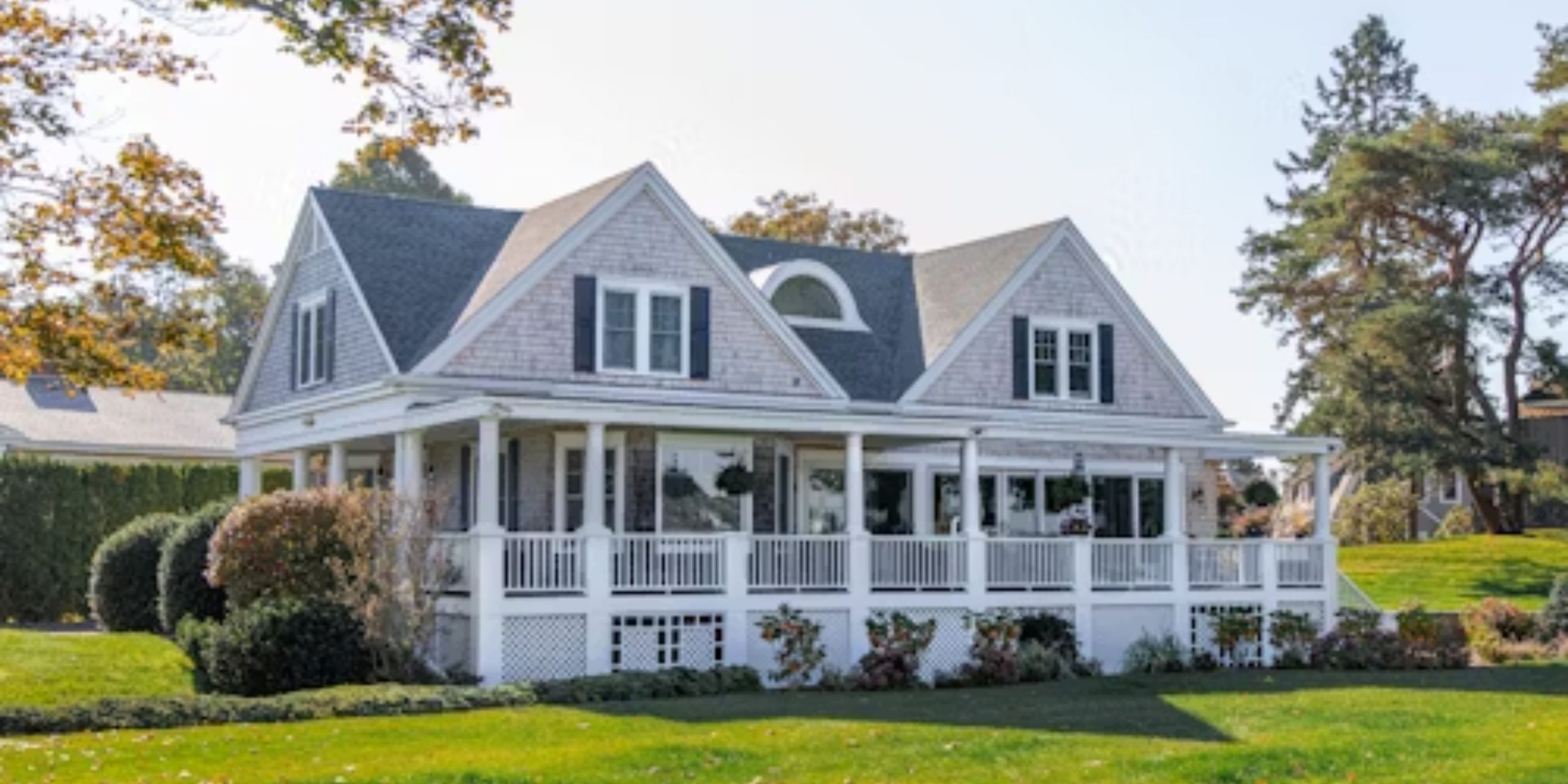What Is a Whole-Home Remodel?
A whole-home remodel is a substantial renovation project that typically involves gutting a home down to its studs and foundation to reimagine its layout and structure—often with open living areas and altered load-bearing walls.
Why Choose a Full Home Remodel?
- Preserve Location & Equity
Staying in a cherished neighborhood often outweighs the cost of rebuilding. Home remodeling preserves property equity and lets homeowners hold onto their land’s value. - Historical & Architectural Preservation
Many remodels aim to maintain architectural integrity, especially in older homes, while modernizing systems like HVAC, plumbing, and electrical. - Improved Energy Efficiency
Older homes often lack insulation, double-pane windows, or airtight features. A whole home remodel allows for installing energy-efficient systems that can greatly extend a home’s lifespan. - Insurance-Related Renovations
After damage (like from natural disasters), homeowners may leverage insurance funds to perform upgrades beyond simple repair, effectively remodeling while restoring.
Challenges to Keep in Mind
- Unforeseen Hazards: Older homes may contain lead paint or asbestos that require licensed abatement.
- Matching Materials: Sourcing or custom-matching materials for continuity can be difficult and costly.
- Previous Renovation Issues: Inadequate past work may reveal hidden problems, requiring corrections.
- Temporary Relocation: Gutting a home usually means you can’t live in it during construction—adding logistical and financial strain.
- Financial Planning: A realistic budget must include significant contingencies for surprises and should be reinforced with a detailed schedule.
Whole-Home Remodel vs. Building New
Cost & Value
- Per Square Foot: Remodeling often costs more per square foot due to complexity.
- Total Investment: While remodeling may be less total outlay compared to building from scratch, extensive remodels (including additions) can rival new construction costs.
Equity & Location
Home remodeling allows you to invest in your current home and maintain location benefits, avoiding moving or losing equity.
Customization, Time & Disruption
- Building new offers full design control, up-to-date systems, and warranties—but at a higher cost and longer timeline.
- Remodels offer quicker turnarounds, easier financing (e.g., home equity), and minimize disruption to your neighborhood. But they’re still disruptive to living—usually requiring temporary accommodation.
Key Steps for Success
- Define Your Goals
Understand the “why”—whether it’s better space, modernization, energy efficiency, or staying in your current location. - Conduct Financial Feasibility
Compare renovation vs. new build outcomes by crunching numbers, including contingencies and long-term value projections. - Vetting Your Contractor
Choose an experienced, reputable general contractor who’s skilled in complex remodels. Communication and trust are as important as technical ability. - Prepare for Surprises
Allocate budget and time buffers. A remodeling schedule helps manage progress and materials—ultimately saving money and headaches.
Transform Your House into Your Dream Home — Let’s Build It Together
A whole home remodel is a transformative investment—emotionally and financially rewarding when executed with clear goals, smart planning, and the right team. It’s a compelling option to preserve location and character, while upgrading your home to be safer, more functional, and energy-efficient.
Would you like a more in-depth article—or even a draft you can adapt—that puts this all together in a clean, engaging narrative? I’d be happy to help further!
Frequently Asked Questions (FAQs)
1. How long does a whole-home remodel take?
The timeline depends on the scope, size, and complexity of the project. On average, a full remodel can take anywhere from 4 to 12 months, including design, permitting, and construction.
2. Is a whole-home remodel cheaper than building a new house?
Not always. While remodeling can be less costly than building new, extensive remodels with major structural changes can approach or exceed new construction costs. The decision should be based on budget, location value, and long-term goals.
3. Will I need to move out during the remodel?
In most whole-home remodels—especially when walls, flooring, and major systems are replaced—temporary relocation is necessary for safety and comfort.
4. How do I prepare for a whole-home remodel?
Start by setting clear priorities, defining your budget (with a contingency fund), and hiring an experienced general contractor. Also, consider temporary housing arrangements early.
5. How can I avoid unexpected costs during remodeling?
Work with a contractor who provides a detailed estimate, maintain a clear project scope, and set aside 10–20% of your budget for unforeseen issues like hidden damage or code updates.



